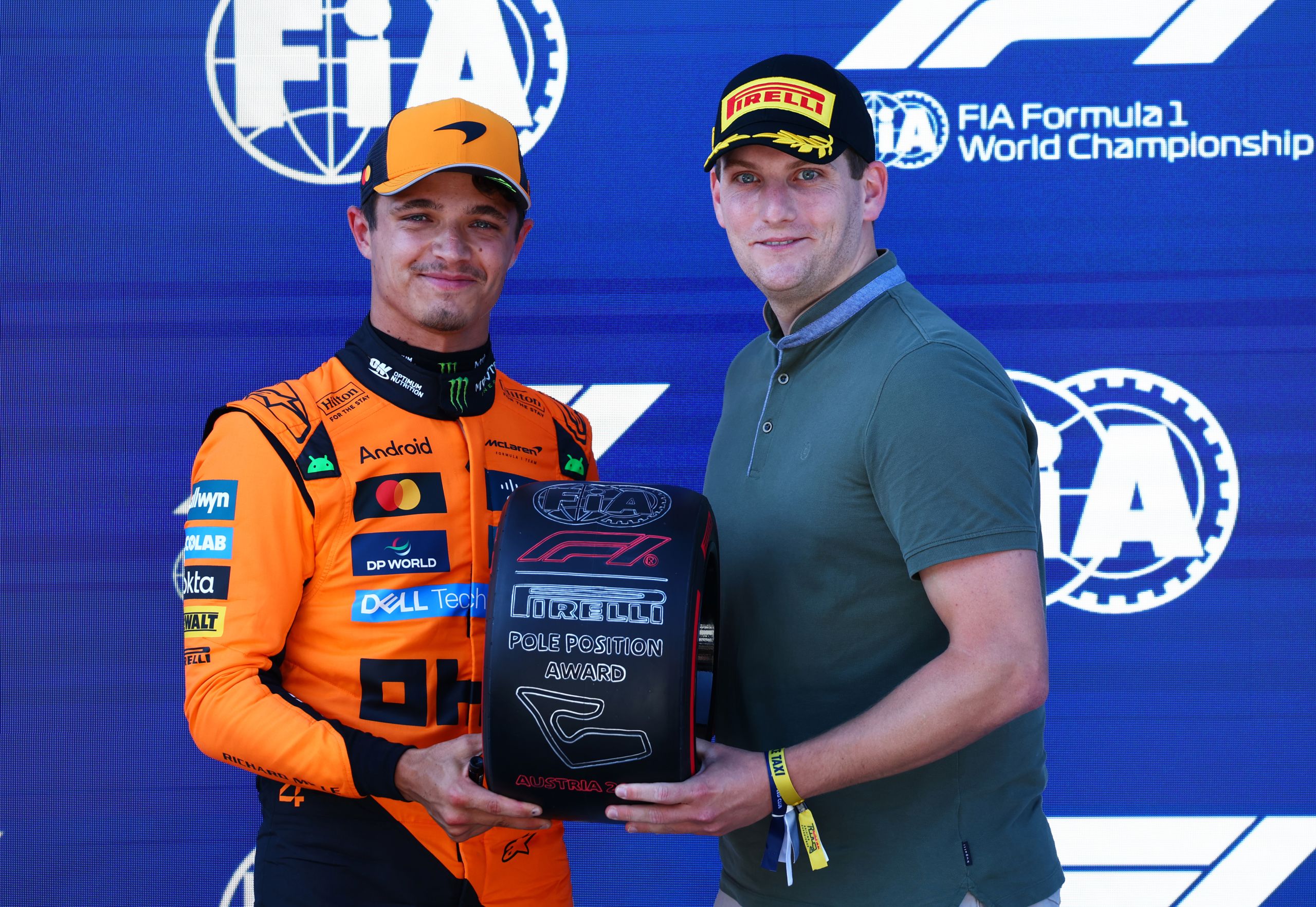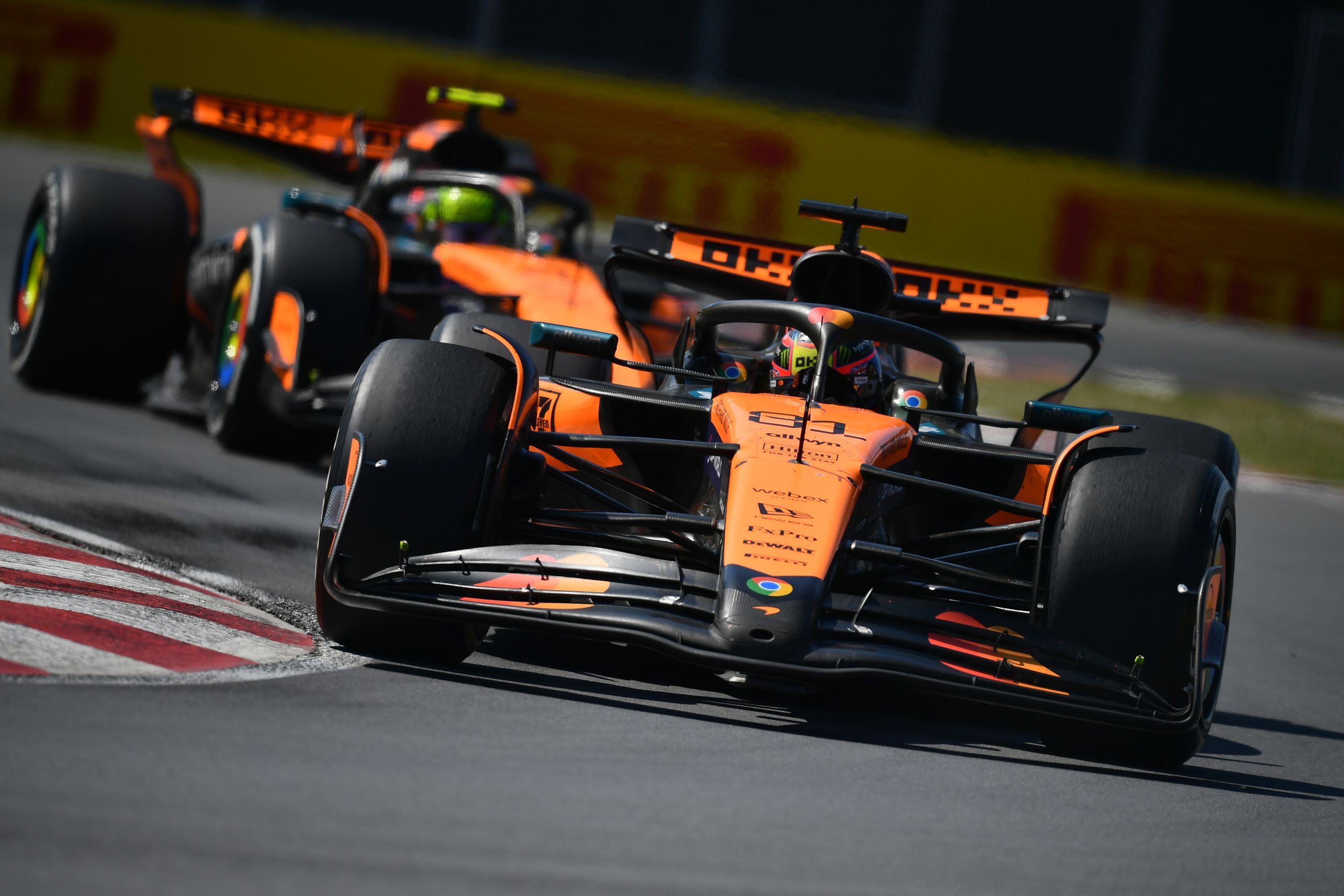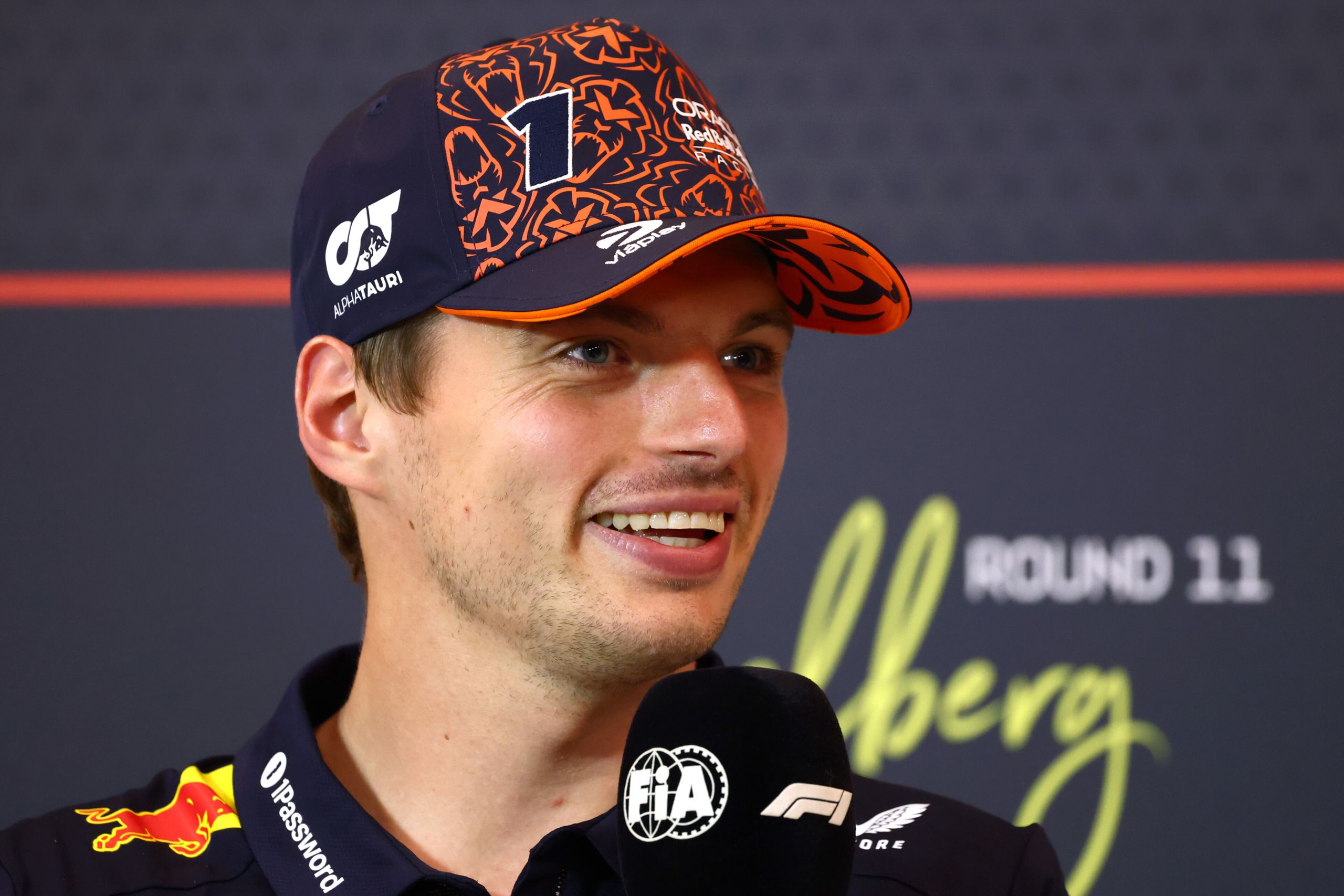What is Aero Mapping In F1?
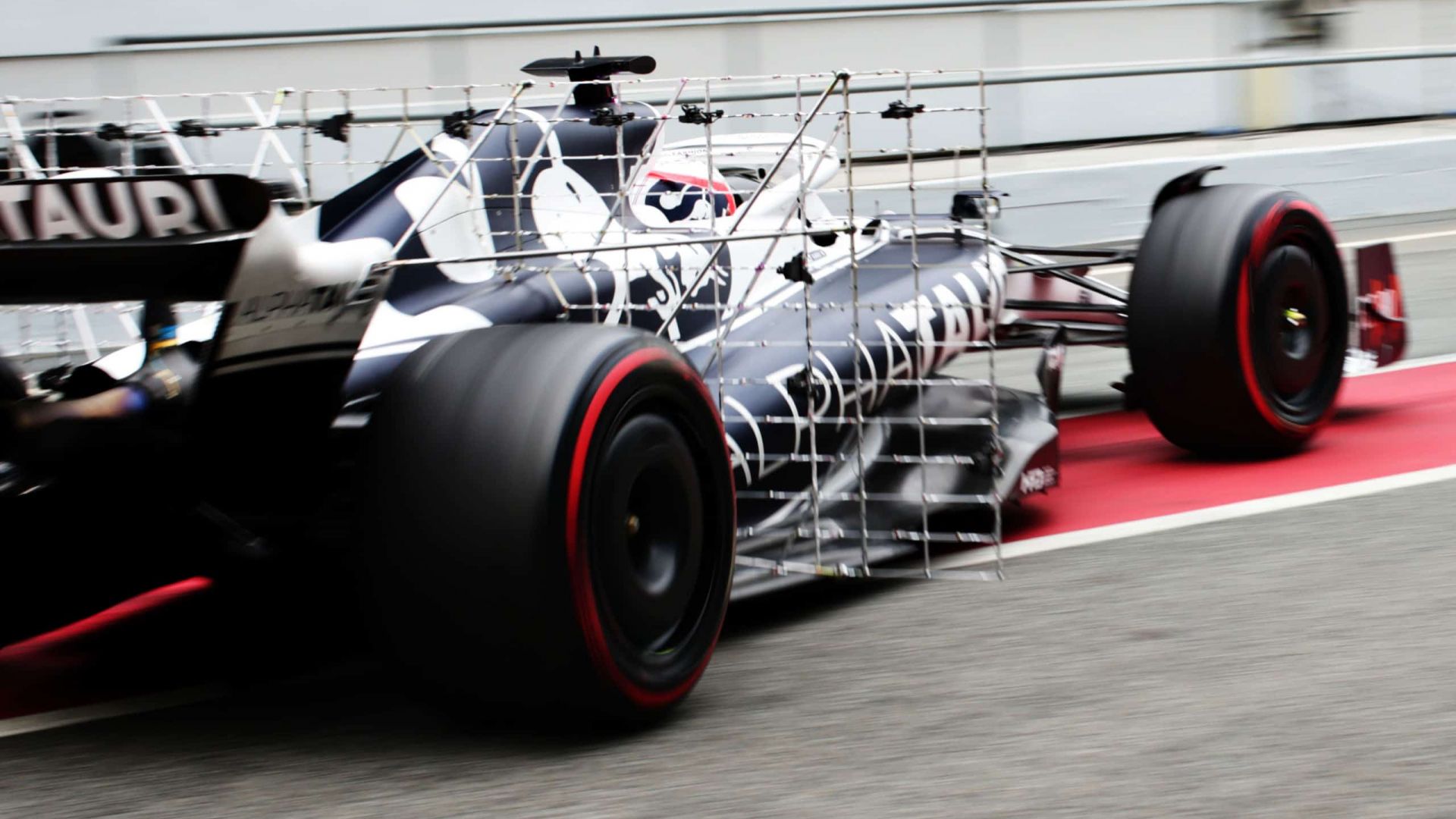
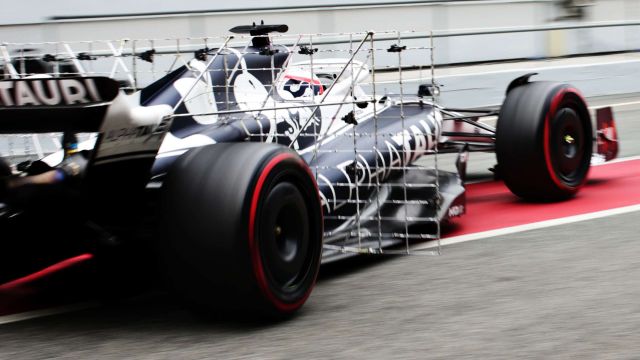
Aero mapping is an important part of the aerodynamic process in Formula 1. By using advanced software and sensors, teams can map the airflow over a car and identify any areas that need improvement. This helps them to fine-tune their cars’ aerodynamics, making them faster and more efficient on the track.
What is aero mapping in F1?
Generally speaking, aero mapping is the process of mapping the relationship between the geometric properties of a race car and the aerodynamic properties of the race car. This aids in improving the race car’s performance by providing more fine-tuning capabilities to the aerodynamics.
A racer’s every second matters: not only when setting up the car the day before and during the race, but also when it comes to lap times. The aerodynamics of the car plays a crucial role in its performance.
The aero balance, for example, explains the distribution of downforce between the front and rear axles. shifting this balance can help prevent oversteer. Another consideration is cornering performance: when the circuit is densely packed with high-speed corners, more downforce is required. The drag penalty associated with high-downforce settings, on the other hand, will slow you down over the course of a lap on courses with long straights.
It’s critical to have a strictly defined relationship between the car’s setup parameters and the aerodynamics available when setting up or modifying the car on race day – when there’s no time for trial and error.
Aero mapping allows a race car’s aerodynamics to be improved without a lot of experimentation. Simply put, mapping is accomplished by building a comprehensive three-dimensional model of the car’s surface, which may subsequently be used to locate and optimize airflow around the vehicle. This could help the automobile perform better and be more competitive while inside the circuit.
How is the aero map used in Formula 1?
The racing engineer will bring the aero map to the track. These maps can then be used by race engineers to help them pick the ideal settings for a specific wing on a specific circuit. This informs him of the most efficient approach to achieve a specific degree of downforce or efficiency with the wing pieces he currently has. If the driver wants higher rear downforce, it shows him how to do it and then what angle of the flap on the front wing is required to balance the change. It’s all written down!
The map is used to calculate the impact of each change in front ride height, car rake, front wing angle, rear wing angle, gurney flap height, and yaw angle on the car’s front, rear, drag, and lift-to-drag ratio. Aerodynamic data, the signature of the individual car design, numbers on a piece of paper, or more commonly in a computer, make up an aero map.
Data aero mapping is employed on the track to correlate what the wind tunnel data indicate about the aero elements in real-time. The rate of progress of Formula 1 cars is so fast that a car seldom makes it to a race without receiving some aero upgrades. With the restrictions in place, as well as new aerodynamic requirements and testing, all of the teams are working very hard to maximize their time on the track before the season begins. This is why some teams seek to compare wind tunnel data to real-world data from the racetrack. Teams will utilize many sensors, including laser ride height sensors and suspension force transducers, to measure downforce created at various speeds during track aero mapping. Using flow-vis paint is a slightly lesser technical solution. This has become a regular procedure in recent years, and it is used to verify wind tunnel readouts and maps.
The aero maps developed on the circuit will be critical in assisting race engineers in locating any wind tunnel aero map data that does not correlate to real life and, as a result, the ideal configuration for race day.
Aero mapping is also possible on the racetrack. Different sensors are utilized for aero mapping on the racing circuit. The concept is simple: they must discover and comprehend aerodynamic behaviour in various airflows using a controlled setup. This information is useful when trying out different wings, ride height settings, and measuring flow around the car in general. On each corner of the car, lasers are employed to continuously measure the ride height.
Aerodynamic mapping can be used as a mathematical formula for quantitative lap simulations and the evaluation of aero components. They can upload an aero map of an element into the simulator and assess how it feels or affects the car’s balance. The aero map may be imported into a simulator to test and assess how well a component seems for the driver.
So, in a nutshell, engineers can generate a theoretical wing aero map with no real components. They can test runs in a simulation, assess a fictional wing, and never race with that wing based on those results. Multiple parameters obtained from the base suspension, chassis, tyres, aerodynamics, and other sources can be shown in the same way. These findings are also available as data values in a table format, which you can export and send to chart-drawing software.
What are the benefits of aero mapping?
The goal of aero mapping is to route airflow around the car in the most effective way possible in order to create downforce and reduce drag.
There are two advantages to aero mapping. It can help to increase the automobile’s performance by increasing downforce and reducing drag, as well as keeping the car stable at high speeds.
During a race, the front wing and rear wing are the most important factors in tuning and balancing the car properly. Curving a flap’s bottom surface such that airflow must move quicker along the bottom than along the top provides a downward force, driving the tyres deeper against the track and boosting grip.
All of this downforce, however, comes at the expense of heightened drag, which significantly reduces the speed of the car, as well as the downforce/drag relations on various wing configurations. For making rapid and exact decisions on the racetrack, being aware of these relations for each configuration is essential.
On the basis of the set-up of the aero, a driver will need the car as balanced as possible up to a specific point. The driver may prefer to keep driving with his centre of gravity in a particular position, which will be different from that of his teammate.
So, what does a team do in this situation? It’s not a guessing game! The rear, as well as the front wings, are the only aero devices that can be adjusted on the car. Other than those, the rest of the setup is fixed and can only be modified via wind tunnel testing. At each end of the car, the rear and front wings produce significant downforce, and either of these can be adjusted for more varied degrees of force produced.
The chord and span are the two defining measures for each wing, with cross-section determining the final design. The attack angle determines the force the wing will produce after it has been designed. Because of its design, the wing can still provide some downforce at zero angles of attack. If the angle is raised, however, this will generate more downforce until it reaches a specific point. Air begins to split from the surface about this time, resulting in a significant reduction in downforce.
The main plane and the flaps are the rear and front wings’ two parts, respectively. The primary plane, which has a fixed attack angle, is where the majority of the downforce is generated. The flaps, rather than the main plane, are in charge of fine-tuning. The angle of the flap is changed to produce varying degrees of downforce, and the half-degree shift in flap angle is utilized to fine-tune the car. A “screwdriver-like” mechanism can readily modify the flap’s angle, and it may be done fast while in the pit stop. Similarly, adjusting the flap angle on the rear wing can enhance or decrease downforce at the back of the automobile. Engineers are able to get varying amounts of power from the exact same wing due to the complexities of aerodynamics.
Although the fundamental form and overall aerodynamic performance of a race car are first drawn on a designer’s computer. Every team spends a lot of time in the wind tunnel throughout development, testing lots of different configurations with a model of the automobile that has a lot of different components. The team will test hundreds of aerodynamic trims, looking at lift/drag trade-offs, predicting ride heights, and adjusting suspension setups to ensure you’re getting the most out of the car’s aerodynamics at different trims and trying to develop a better understanding of what and how impacts your overall performance and why on any of the tested configurations while meticulously mapping the results.
For each new wing design and automobile arrangement, the same technique is used. To give aerodynamic prediction and improvement capabilities, regression models were constructed for each of the responses. The aero map depicts how the wing components and ride elevations of a race car function in terms of lift and drag in various configurations. Everything is meticulously documented, and data tables are made. There is an aero map for each wing or arrangement.
What is Aero Mapping In F1? – Conclusion
Aero mapping is one of the most important aspects of Formula 1 car design. By manipulating the airflow around the car and using the data collected from sophisticated software, engineers can improve aerodynamic performance and see how the car will perform in different conditions, and make adjustments to the design accordingly. What do you think of aero mapping in Formula 1? Let us know in the comments!



